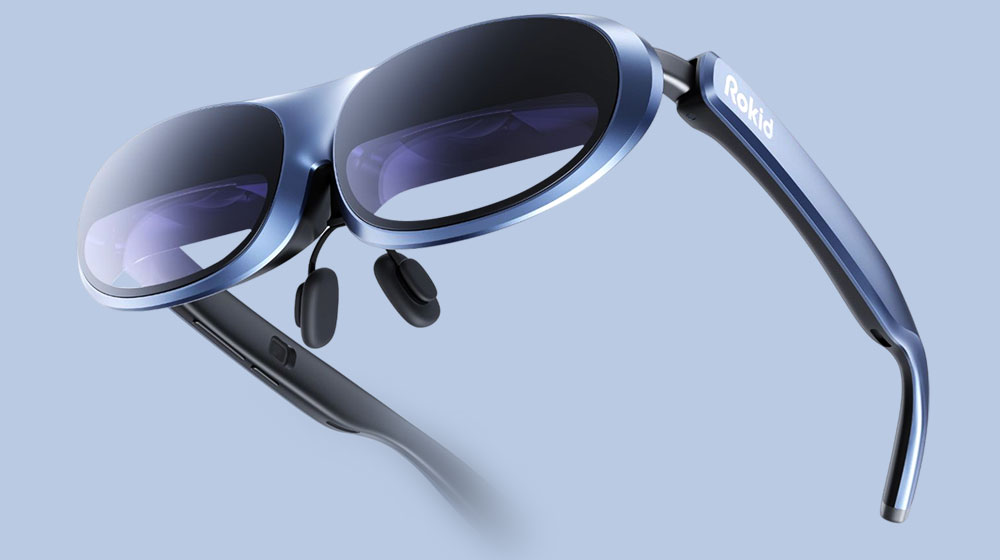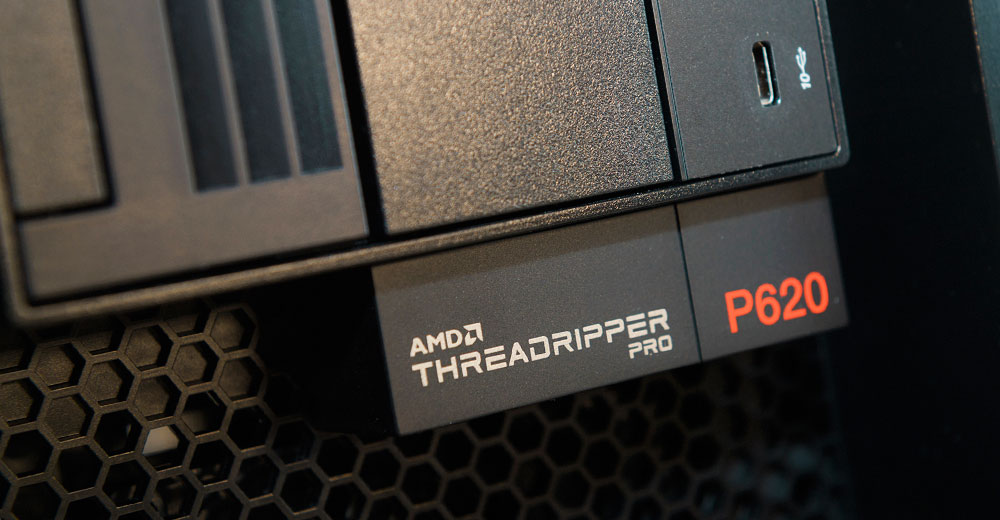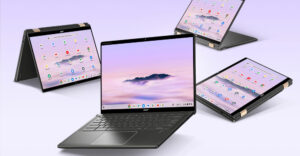The technology market is defined by companies taking huge gambles and executing against near-impossible odds. Dell’s acquisition of EMC and then going private were both thought to be nearly impossible, but Dell succeeded.
Further examples are HP’s acquisition of a failing Compaq to become the then most powerful PC company in the world; IBM’s bet on Watson decades before generative AI became a thing; and now Lenovo blending elements of a relatively small Asian PC company with failing IBM units to form what is arguably becoming the most powerful global technology company and the only one that fully blends Eastern and Western technology concepts into a unique and successful set of products and services.
Another recent company success story involves AMD and Threadripper. Threadripper was initially a consumer product and incredibly risky given its development cost. As a workstation processor, on paper, it blew away everything else. Still, workstations tend to be built for professionals, not everyday consumers, making creating a professional workstation from the technology a very risky proposition.
But Lenovo recognized that engineers buy performance.
While its then much larger peers refused to take the product as an option, Lenovo brought Threadripper workstations to market and almost overnight took high-end leadership in the segment. Threadripper Pro followed, and after last week’s launch, Lenovo’s peers are chasing Lenovo to the technology, while Intel is chasing, not leading, AMD in this high-profile category. Impressive work by both firms.
This week, let’s talk about how Lenovo is taking chances and grabbing market share. Then, we’ll close with a chat about another head-mounted display from Rokid that I’ve been using while traveling that could form the basis for a new class of mobile PC or smartphone experiences.
Risk Tolerance
I’ve worked with and for companies that are growing and doing well and even more companies that are struggling and have lost their way. It is a ton more fun to work for the former type of company than to work with the latter.
What generally defines a successful company is that they are both tolerant of failure and willing to take acceptable risks that others would have thought unreasonable.
I once met with Ford’s then-CEO and some analysts who were more focused on automotive than I was. I relayed a conversation I’d had with executives at many technology companies facing powerful new competitors, saying that if he didn’t grasp and embrace what Tesla was doing, he’d likely lose his job. As has mostly been the case, every time I’ve done this, I was shouted down. Around a year later, he was let go.
It is no fun for me to predict someone getting fired and being right. My personal goal is to prevent outcomes like this, not predict them. I bring up the Ford story because he said his big thing was to enable risk-taking at Ford while also saying if someone screwed up a major product, they’d be fired. That is the exact opposite of risk-taking. While Tesla likely takes too many unnecessary risks, any automotive CEO would probably sell their soul to have Tesla’s valuation.
The Magic of Lenovo
I spent the last week with Lenovo. Over the previous two decades, it has changed from a small PC company that almost no one had heard of in the West to a company that is either challenging for or owning leadership in nearly every segment it’s in.
The AMD Threadripper story is just one of many stories like this where Lenovo took incredible risks that looked nuts.
For instance, the IBM PC company struggled until Lenovo bought it, and now Lenovo has the leading share in PCs. Who would have believed that a small company out of Asia could outperform giants like HP and Dell using a tool that appeared to IBM as unfixable but wasn’t?
Lenovo also acquired the IBM Think brand. IBM used to dominate the world technology market, so how was Lenovo able to succeed when IBM wasn’t? Because IBM would not take the risks that Lenovo took. Now, Threadripper is a showcase of that risk-taking.
In servers, the IBM x86 server unit underperformed the market, and it wasn’t even a complete unit. Even with a successful unit, doing that kind of merger is far more likely to fail. But Lenovo rightly realized that it wasn’t that the technology was bad. In fact, it arguably led the market. It was because the competing IBM Power unit took the resources that x86 needed to be successful.
Turning Risks Into Leadership Opportunities
While Lenovo doesn’t yet lead the server market as it does PCs, it’s challenging for leadership, and the unit is successful.
Motorola was an even larger risk. Even I thought Lenovo buying that unit was nuts because it was broken before Google bought it, and then Google literally destroyed it.
Still, the brand had value. Motorola once led the cell phone market before Apple did. Lenovo fixed it and is now the only company that can truly challenge Apple with an experience that, while it doesn’t yet match Apple’s, is getting closer than anyone else has been able to get at a generally much lower cost.
Any one of these feats would have been impossible for almost any other company. Doing all three would be unbelievable, but Lenovo did it.
How Lenovo Could Become the Next Global Powerhouse
Like most tech companies, Lenovo doesn’t invest adequately in marketing. For instance, AMD generally outperforms Intel. Still, even though Intel has had clear difficulties, the perception in the market is different than the reality because AMD’s marketing is under-resourced.
Were Lenovo to take one more concept from IBM, I believe no competitor, including Apple, could touch it. That concept is Lou Gerstner’s unique focus on marketing. Gerstner was the only non-IBM CEO the company ever had, and he didn’t get technology at all. However, coming out of a marketing powerhouse like Nabisco, Gerstner was a marketing master, and, like Steve Jobs, who had a somewhat similar skill set, Gerstner understood that perception always trumps reality.
Steve Jobs was able to save Apple by convincing the market that products that were crap were worth buying, allowing Apple to survive until he could fix the product lines. Gerstner took IBM from a company that was arguably in worse shape than Apple and saved it by making people see value before the company could provide it.
Having studied both men, Gerstner was stronger in marketing skills than Jobs, while Jobs was far more personally influential than Gerstner. It is my belief you can duplicate what Gerstner did, but you need a very dangerous skill set to do what Jobs did. I see that danger in Elon Musk, who has a similar skill set as Jobs and, in my opinion, showcases the downside even more than Jobs did by abusing his power of influence.
Wrapping Up
Lenovo’s execution is impressive, and its willingness to both take risks and properly fund and resource its efforts is market-leading. However, were Lenovo to just take one more lesson from the only non-IBM CEO that IBM ever had, it could become an unmatched force in the market by combining the power of outstanding marketing with its impressive products and solutions.
Unfortunately, great products and marketing rarely coexist, depriving us of the perfect storm that could occur if perceptions aligned with reality. The initial iPhone, IBM’s recovery, and Windows 95 were examples of strong marketing and weak products. Yet, as the products improved, strong marketing was almost eliminated.
AMD and Lenovo showcase the opposite with very strong products but weak marketing. While I think Apple under Jobs and Intel under Grove (Intel Inside) still come the closest to this ideal, I’m still waiting for that perfect storm of outstanding products AND amazing marketing.

Rokid Max AR Glasses

(Image Credit: Rokid)
On my latest business trip to Lenovo, I’ve been using the Rokid Max AR Glasses, and they are amazing.
I’ve also been using the Goovis 3G head-mounted display that I featured in July, and I’m impressed with both products.
The Goovis product is far more isolating. It works best when you want solitude or are outside in bright sunlight and away from people, so the isolation doesn’t make you nervous. Or, if you are in a window seat on a plane and don’t have folks bumping into you or asking you to move, which is really annoying with the Goovis but not as much with the Rokid glasses.
So, for areas where there are people around you or where you want to see the keyboard while typing, the Rokid works better, and it also functions as AR glasses, which gives them broader utility. However, if you want an immersive movie experience, the Goovis is stronger.
Another advantage the Rokid has is that it is much easier to carry. The Goovis headset requires a package more in line with VR headsets, and it is harder to pack. The Rokid is more like a large pair of sunglasses in its case, and it is far easier to pack.
(Video Credit: Rokid)
Practical Considerations
I found the Rokid glasses very easy to use. You can load the app on your smartphone, but you don’t really need it, and I don’t use an app on the PC. I can turn off the display on my laptop, so if I’m watching something like “The Boys,” which would be problematic on a plane with kids nearby, I can enjoy the movie without being hit by some kid’s parent for inappropriate content.
One downside to the Rokid is you need to wear the glasses low on your nose to see the entire screen, but I got used to that quickly — and you only need to see the menu bar when launching an app or checking the time.
The Rokid cost is around $399 for the headset, making it an attractive gift as we approach the holidays. They have bundles for $499 with a streaming box. Although, I didn’t find that product useful because you can only stream with it — and it works better with a smartphone or PC anyhow. You can’t download movies with the streaming box, so it won’t work on car or plane trips, where I would most likely use this product.
In any case, I’m impressed with the Rokid Max, and it is my Product of the Week. If you get a chance, try one out; it is truly impressive!






















































